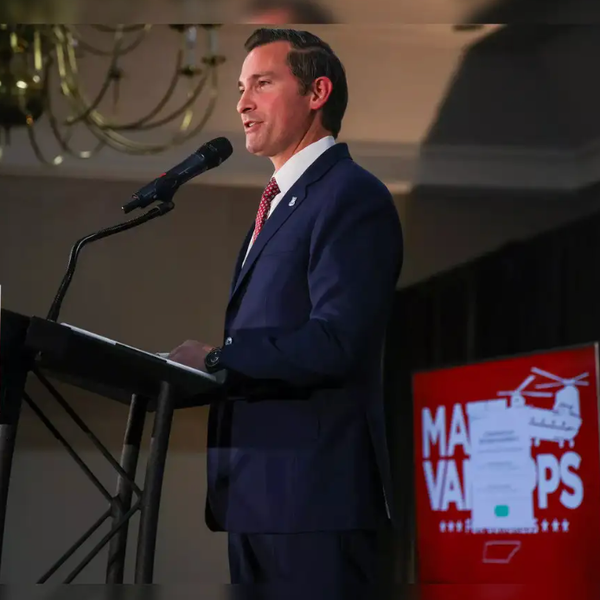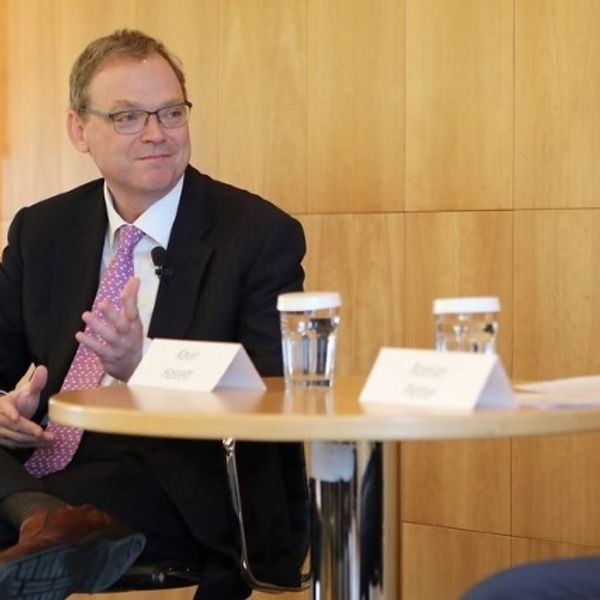Diverse Police Forces Are Not A Panacea For Fatal Police Shootings, Research Suggests

By Jesse Bogan, St. Louis Post-Dispatch
FERGUSON, Mo. — Amid the firestorm of protests following the shooting of Michael Brown — an unarmed black teen who was killed by a white police officer — have come repeated calls for hiring a more diverse police force.
But a growing body of research suggests that intractable circumstances of economics, culture and geography have more to do with shootings by police than the race of the officers.
According to the research, neglected minority neighborhoods that are poor and prone to violence are a hotbed for such shootings — regardless of the complexion of the police.
And while the number of police shootings can be reduced by better training, disciplinary action, policy and political representation, the broader societal issues that plague violent neighborhoods work against efforts to reduce police shootings.
Former St. Louis Police Chief Dan Isom recently said at a town hall meeting here that cops are the “face of government” in poor neighborhoods that most people don’t venture into.
“Officers see (communities in need) every day and they become frustrated,” Isom said. “They seem to be the person on the front line trying to solve many of these social and economic problems.”
David Klinger, and other criminologists at the University of Missouri-St. Louis, including Isom, wrote an academic paper about 230 shooting incidents involving 315 St. Louis police officers between 2003 and 2012. Of those, about two-thirds of the shooters were white and one-third were African-American. According to the paper, the distribution was reflective of the police department during that period.
Of the known suspects police were shooting at in those cases, 92 percent of them were African-American. St. Louis is 49 percent black.
According to St. Louis police data for 2012 and 2013, 94 homicide suspects were African-American; two were white; one was Hispanic; and one was Asian.
Of 4,713 inmates sentenced in St. Louis who are in state prison, 598 are white and 4,083 are black.
“Race is not a predominant factor driving shootings,” said Klinger, a former police officer. “It’s violence in the communities.”
Canfield Green apartments — where Ferguson police Officer Darren Wilson, 28, shot Brown, 18, on Aug. 9 — and neighboring Northwinds Apartments seem to fit this bill. Residents at Northwinds, which has been subsidized by low-income housing funds, must earn no more than 60 percent of median income for the area. People there have complained about crime and lawlessness, as well as mistreatment from police. Most of the residents are black.
Last month, the St. Louis Post-Dispatch reported that dozens of police departments across the St. Louis region have fewer black officers on the force by percentage than the ratio of African-Americans in the communities those departments serve.
The same report found that efforts to increase black representation in police departments are hindered by a difficulty of recruiting minority candidates into policing.
Experts say having a more diverse force pays off in many ways, including building trust between the community and police.
And those benefits, say experts like Isom, extend beyond the sole issue of lethal force. Isom also points out that the study on police shootings in St. Louis isn’t conclusive.
“(The report) also doesn’t take into account that these are police officer reports from the police officer’s standpoint,” said Isom, who was recently named director of the Missouri Department of Public Safety. “I am not saying the reports aren’t accurate, but I think there is more research to be done.”
While scholars agree comprehensive data on police shootings in the United States are limited, some said general truths can be gleaned from the work that has been done.
“Two important and controversial factors are race and neighborhood,” said Brad Smith, chairman of the criminal justice program at Wayne State University in Detroit. “African-American and Hispanic citizens are more likely to be shot by the police than whites. Police are more likely to shoot and kill citizens in cities with higher concentrations of segregated and impoverished minority residents and cities with higher rates of violent crime.”
Police, including in Ferguson, often pull over and search a disproportionate number of minorities, which increases potential confrontational encounters, but lethal force is rare in the context of all interactions with police.
Smith said diversity can improve police community relations and the culture of a department, “but when it comes to highly emotional, stressful confrontations, I don’t think it matters anymore.”
Smith, along with University of Wyoming sociology professor Malcolm Holmes are the co-authors of the book Race and Police Brutality: Roots of an Urban Dilemma. In a letter to the National Journal they wrote that better community relations with a more diverse police department could help ease tension, but not fix the core issues in Ferguson and other places like it.
“The mental processes that make humans acutely apprehensive about people dissimilar to themselves cannot be easily overcome when residential segregation and socioeconomic conditions separate them,” they wrote. “Those structural circumstances are ultimately responsible for creating and reproducing the tensions between police and citizens of color.”
In St. Louis County, black poor are six times as likely as white poor to live in areas of concentrated poverty.
Scholars suggest that the controversial Kerner Commission report done for President Lyndon B. Johnson following civil rights riots that swept the country in 1967 is still applicable today. Report authors then sensed a similar story was being told over and over again, regarding Chicago race riots in 1919, Harlem in 1935 and 1943, and Watts in 1965.
“This is our basic conclusion,” the report stated. “Our nation is moving toward two societies, one black, one white — separate and unequal.”
In 1982, criminologist Geoff Alpert helped put together a similar analysis about the shooting death of Neville Johnson Jr. by Miami police. After a few days of violent protests, one suspected looter was killed, 25 people were injured, including some police, and dozens of people were arrested. “Today, there are the same issues,” Alpert said, “and that is kind of disturbing.”
While some scholars believe diversity doesn’t influence lethal use of force by police, other measures do, such as training, administrative policy, political representation and the degree to which departments view themselves as military.
Mike White, a criminologist at Arizona State University, studied 1,200 police shootings in Philadelphia between the 1970s and early 1990s. He noticed a significant drop in the numbers once there was a clear use of force policy and officers started getting retrained and sanctioned following inappropriate violence.
David Jacobs, sociology professor emeritus at Ohio State, has looked into political influence on police shootings.
“I suspect that where city elites don’t put pressure on the mayor and the chief police administrator to enforce rules against inappropriate violence, it will recur,” he said.
There are limited studies in the field, but results from a study he participated in found that when there’s a black mayor dependent upon minority votes, police shootings fall.
“Remember that in most cities the police chief serves at the pleasure of the mayor and can be fired without much or any due process,” he said.
The mayor of Ferguson doesn’t have this power. The police chief answers to the city manager.
Moline Acres police Officer Ken Blackmon has a street perspective on race and law enforcement. He shared his insights from the front seat of a patrol car last week on Chambers Road, not far from where violence broke out in north St. Louis County after Brown was shot.
Blackmon, 51, who is black, remembers growing up in Detroit following race riots there. His father and grandfather were cops. He has relatives currently working as police officers in Michigan, Chicago, St. Louis and Los Angeles.
“I’ve been doing this 27 years, so I don’t think the color of my skin is going to reflect how people portray me,” he said. “You are going to have people who like you and hate you. If you treat people with respect, you might get some back.”
There are dividends in that. Going from call to call, he said it’s easy to forget a face. “But they might not forget you,” he said.
Blackmon said he comes from training that puts a premium on how you carry yourself. “A lot of younger cops have the mentality of, ‘I am a police, you are going to do what I say or else,’ ” he said.
AFP Photo/Jim Watson








